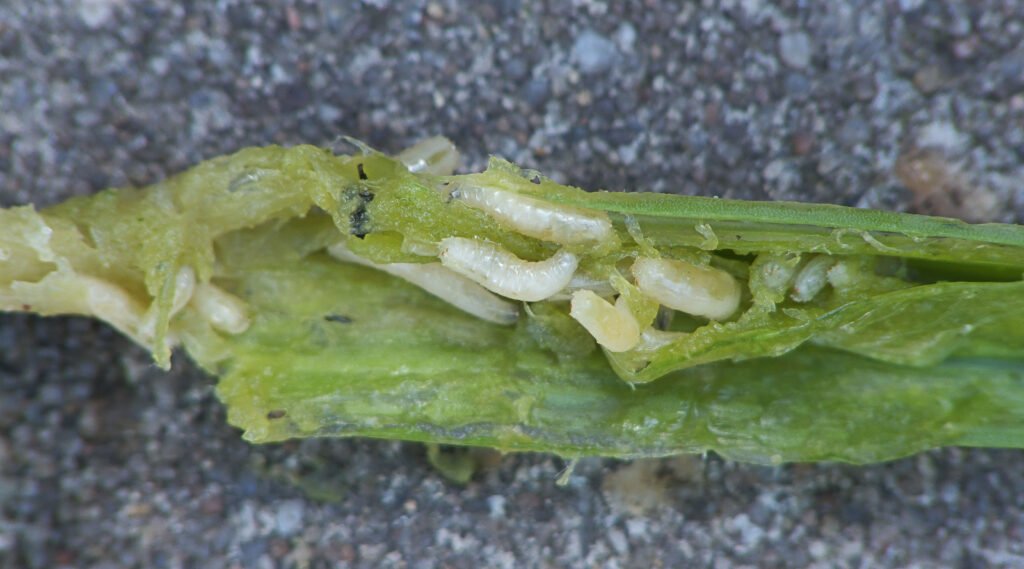It’s almost impossible not to shudder at the mention of maggots. These squirming, wriggling larvae evoke a gut reaction—sometimes horror, sometimes disgust. Yet, beneath their unsettling appearance, maggots perform miraculous feats that most of us overlook. They not only help nature recycle life but have also played a surprising role in saving human lives. What if the world’s most unwelcome dinner guest turned out to be a silent hero in both wild landscapes and sterile hospital wards? Prepare to see these misunderstood creatures in a new, astonishing light.
The Lifecycle of Maggots: From Egg to Clean-Up Crew
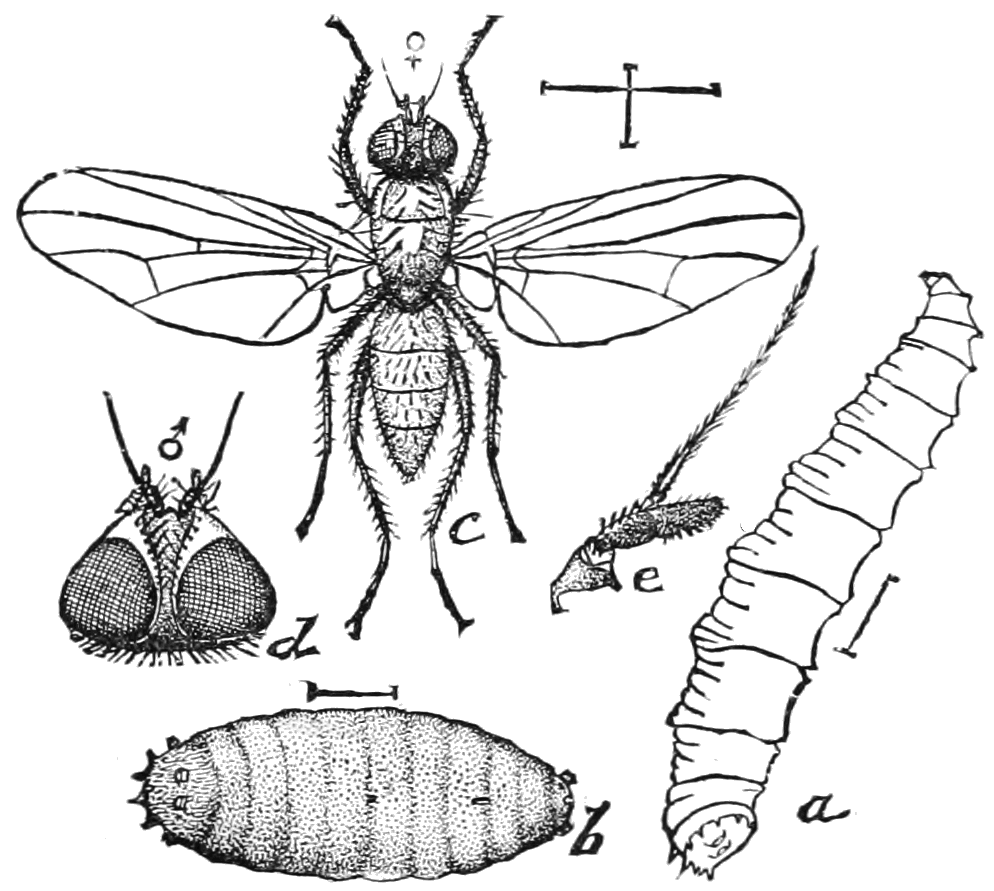
Maggots are the larval stage of flies, typically hatching from eggs laid on decaying organic matter. Within hours, these tiny creatures burst into action, consuming dead tissue and organic debris with impressive speed. Their growth is rapid—what begins as a minuscule egg can turn into a plump maggot in just a matter of days. Unlike many insects, maggots don’t have legs, so they move with a distinctive, undulating crawl. Their entire existence in this stage revolves around eating and growing, preparing for their transformation into flies. Every maggot’s short, frenetic life is a testament to nature’s relentless drive to recycle and renew.
Nature’s Decomposers: Cleaning Up the Wild
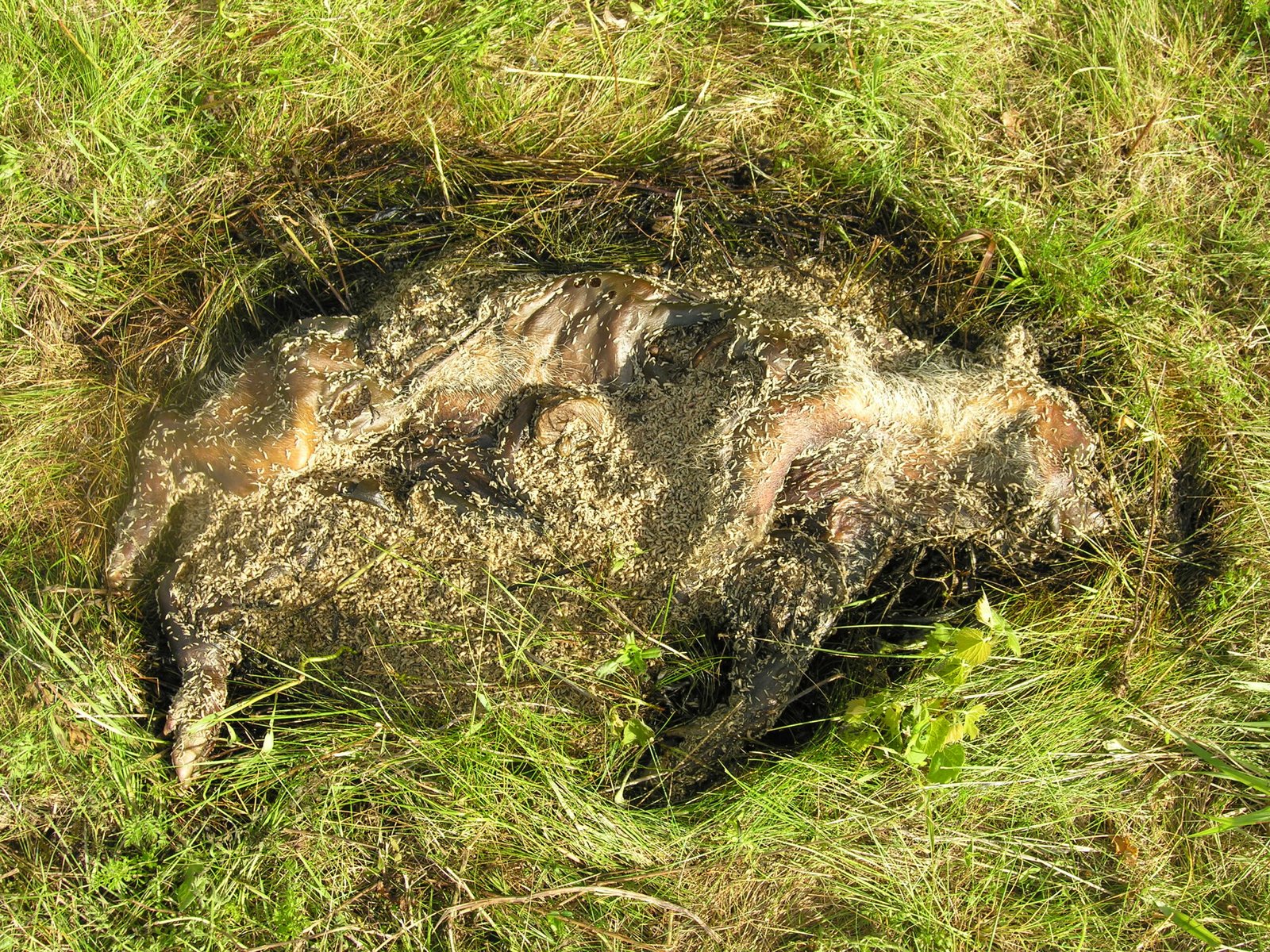
Maggots are unsung heroes in natural ecosystems. When an animal dies in the wild, maggots are often the first to arrive, breaking down flesh that would otherwise rot for weeks. This process is not only efficient but essential; without them, the world would be littered with carcasses, overwhelming the environment with disease and decay. Their voracious appetite ensures rapid decomposition, releasing nutrients back into the soil and supporting new plant growth. It’s a perfect example of nature’s closed-loop system, where nothing goes to waste. In forests, meadows, and even urban areas, maggots quietly ensure life continues in a healthy cycle.
The Science Behind Maggot Digestion
What makes maggots such effective decomposers is their powerful digestive system. They secrete enzymes that break down tough tissues, turning them into a nutrient-rich mush they can easily absorb. These enzymes not only dissolve flesh but also have antimicrobial properties, suppressing the growth of harmful bacteria. This helps prevent the spread of disease in both animal carcasses and, surprisingly, human wounds. Scientists have marveled at how these tiny creatures can so efficiently sanitize and recycle organic matter, turning something gruesome into an act of natural sanitation. In many ways, maggots are nature’s living disinfectants.
Forensic Detectives: Maggots in Crime Scene Investigations
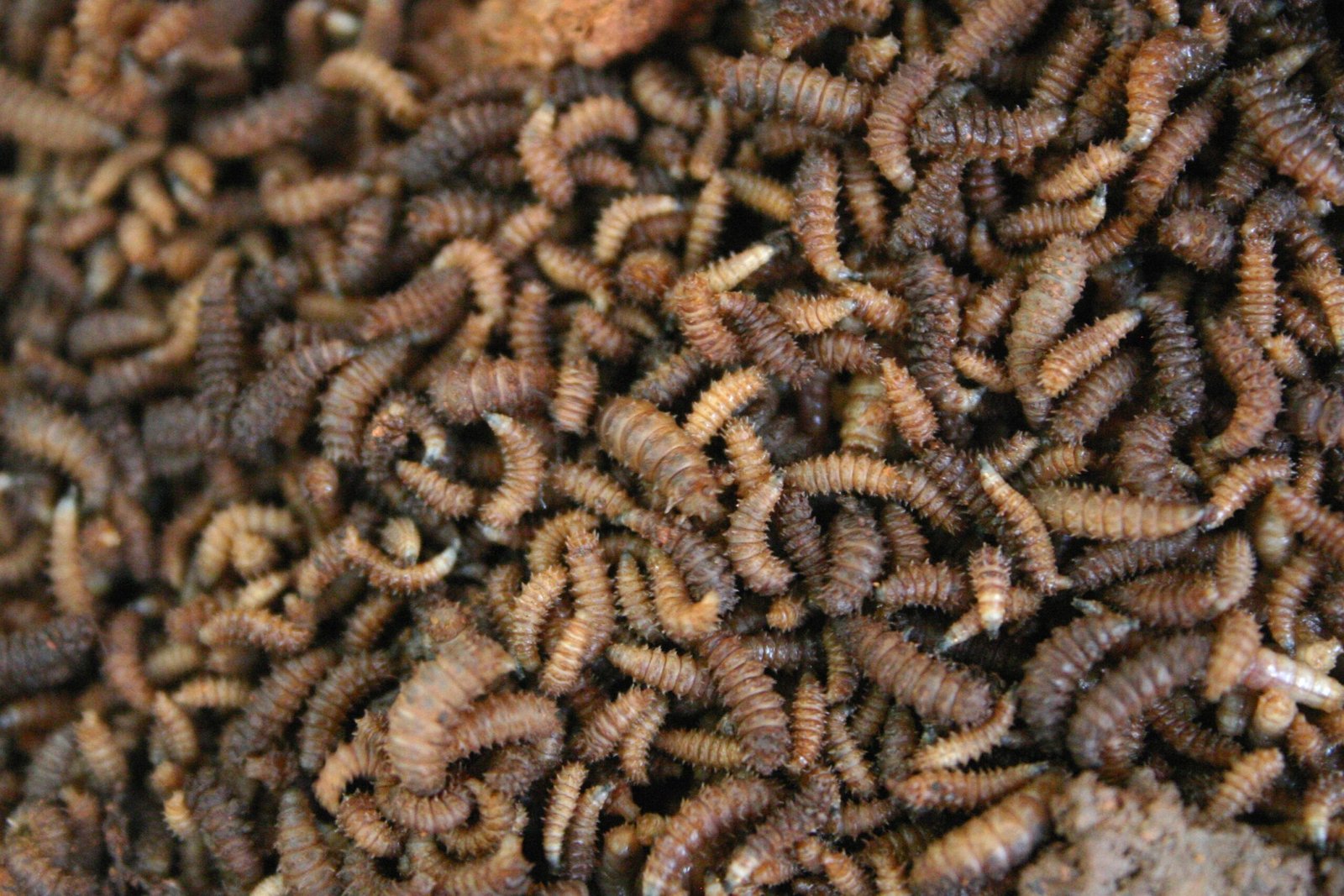
It might sound like a plot from a detective novel, but maggots are invaluable in forensic science. By studying the development of maggots on a body, forensic entomologists can estimate the time of death with remarkable accuracy. This is because maggots grow at known rates depending on temperature, humidity, and the type of tissue they’re consuming. The presence, size, and species of maggots give investigators vital clues. In fact, many high-profile cases have hinged on the testimony of these wriggling witnesses. The next time you watch a crime show, remember: real-life maggots have solved some of the world’s most mysterious deaths.
A Surprising Medical Marvel: Maggot Therapy
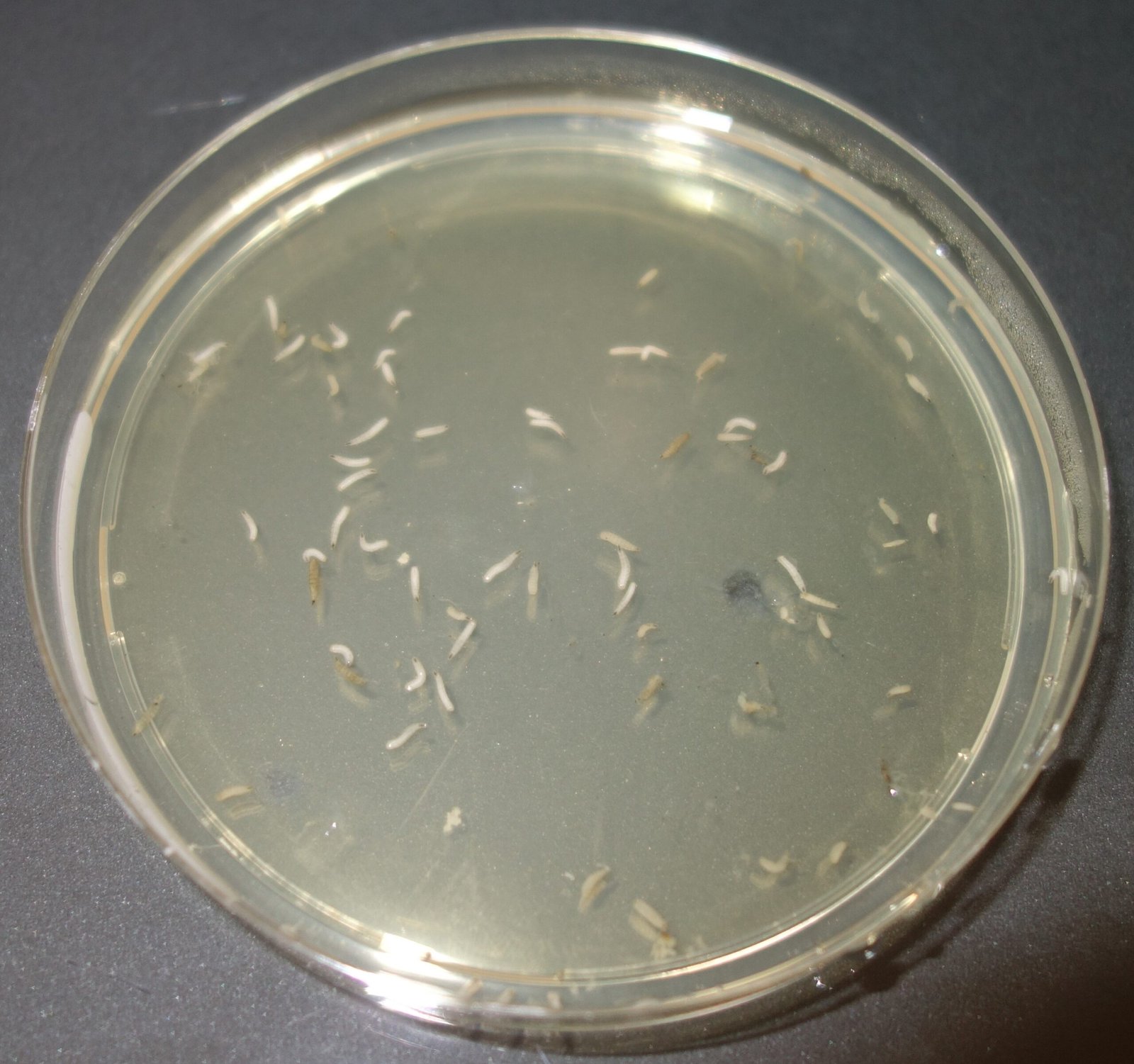
As shocking as it might sound, maggots have been used to heal human wounds for centuries. Modern medicine refers to this as Maggot Debridement Therapy (MDT). Specially sterilized fly larvae are placed on wounds that refuse to heal, such as diabetic ulcers or severe burns. The maggots consume only dead tissue, leaving healthy cells untouched. Their secretions also kill bacteria and stimulate healing. Doctors have witnessed dramatic recoveries when other treatments failed. This therapy, once dismissed as medieval, has seen a resurgence in hospitals worldwide thanks to its effectiveness and safety.
How Maggot Therapy Works in Practice

Maggot therapy is carefully controlled to ensure patient safety and comfort. Medical professionals use a specific species of fly, usually Lucilia sericata, whose larvae are bred in sterile conditions. The maggots are placed in a mesh or contained dressing on the wound, preventing them from wandering. After a few days, they are removed—having eaten only the dead and infected tissue. Patients often report less pain and faster healing compared to traditional treatments. For stubborn infections, especially those resistant to antibiotics, maggot therapy has become a beacon of hope.
Breaking the Stigma: Changing How We See Maggots
Despite their proven benefits, maggots still face an uphill battle when it comes to public perception. Most people recoil at the thought of using them in medicine or even appreciate their role in nature. Yet, education and firsthand stories are slowly shifting opinions. Patients who have experienced miraculous recoveries often become passionate advocates for maggot therapy. Environmentalists point to their vital role in ecosystems. The more we learn about maggots, the more we realize that our initial revulsion is unfounded—and that nature’s solutions are sometimes stranger and more effective than we ever imagined.
Maggots and the Battle Against Superbugs
One of the most alarming challenges in modern medicine is antibiotic resistance. As bacteria evolve to withstand common drugs, doctors are desperate for alternative solutions. Maggot therapy offers a glimmer of hope. Their secretions contain substances that not only clean wounds but also kill bacteria—including some that are resistant to antibiotics. Scientists are now studying maggot-derived compounds in hopes of developing new treatments. These humble larvae might hold the key to fighting infections that have outsmarted our best medicines. In the race against superbugs, maggots aren’t just a last resort—they could be a crucial weapon.
Ecological Importance Beyond Cleaning Up
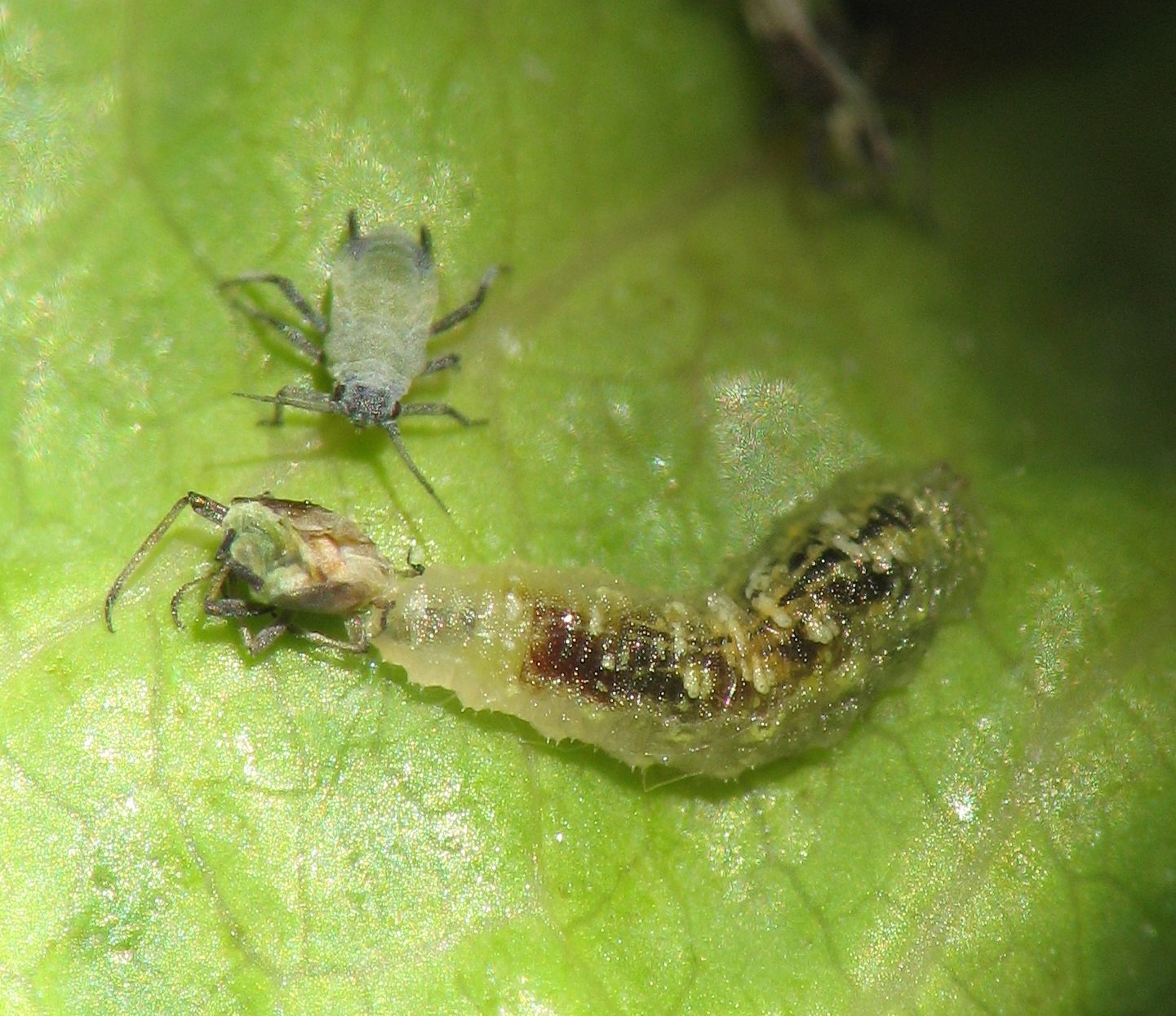
Maggots do more than just decompose dead animals. Their activity enriches soil, supports plant growth, and provides food for other creatures. Birds, reptiles, and even some mammals rely on maggots as a protein-rich snack. In turn, healthy populations of maggots support the entire food web, from insects to apex predators. By breaking down organic matter, they prevent the buildup of toxins and promote biodiversity. It’s a reminder that every creature, no matter how small or seemingly repulsive, plays a role in the grand symphony of life.
Modern Innovations: Maggots in Biotechnology
Researchers are exploring new ways to harness the unique abilities of maggots. For example, enzymes from maggot saliva are being used to develop advanced wound care products and cleaning agents. In agriculture, some scientists are experimenting with maggot-based composting systems to recycle food waste more efficiently. There’s even interest in using maggots as a sustainable source of animal feed, reducing the environmental impact of traditional livestock farming. These innovations could help solve some of our most pressing environmental and medical challenges, all thanks to a creature most people would rather not think about.
Why Maggots Deserve a Second Look
It’s easy to judge maggots by their appearance or their association with death and decay. But a closer look reveals a story of resilience, ingenuity, and surprising utility. From cleaning up the wild to healing human wounds and offering hope against superbugs, maggots prove that heroes sometimes come in the most unexpected forms. Next time you catch yourself recoiling at the sight of a maggot, remember their hidden talents and silent contributions. Would you have ever guessed that nature’s tiniest clean-up crew could also be a lifeline in modern medicine?

